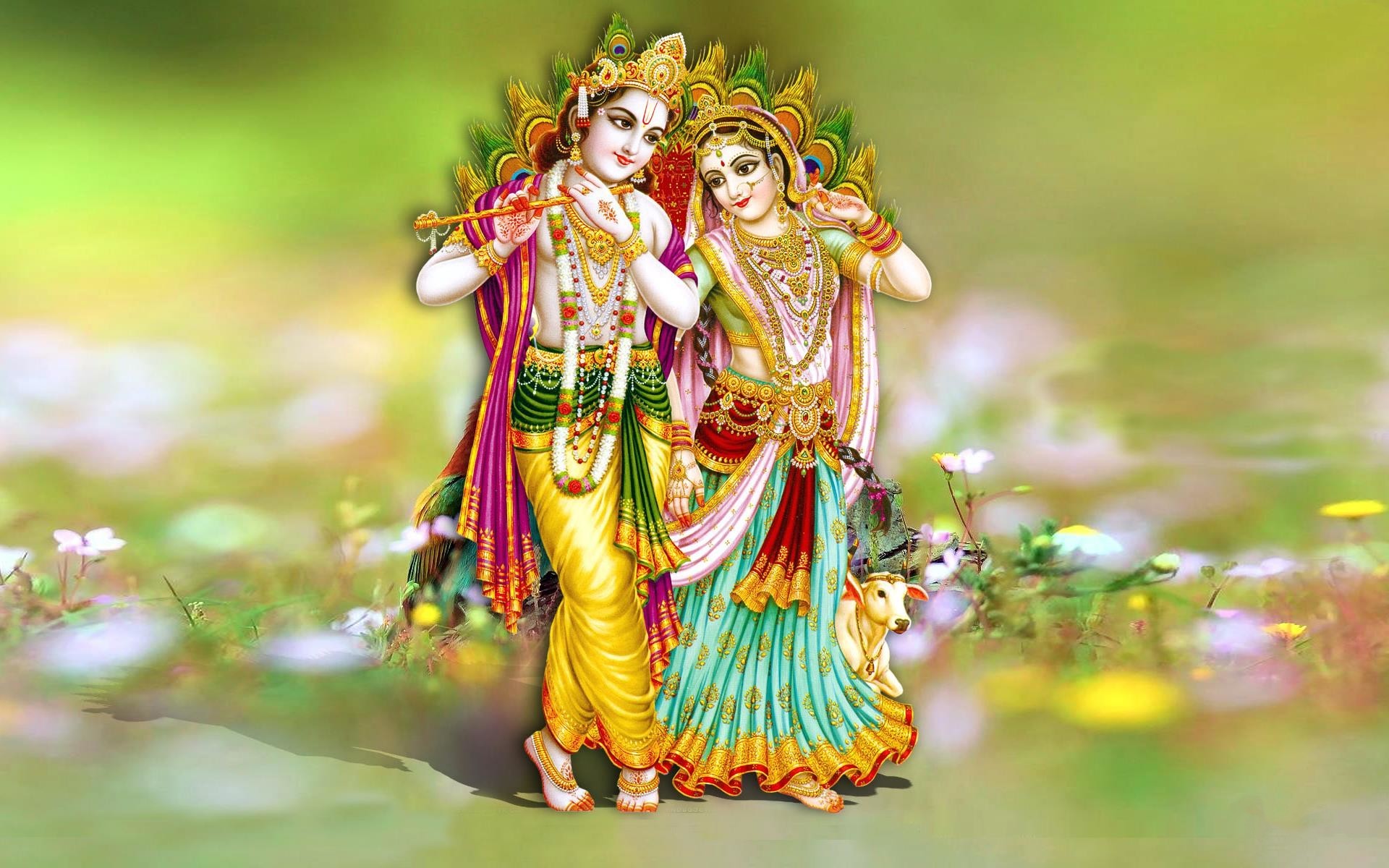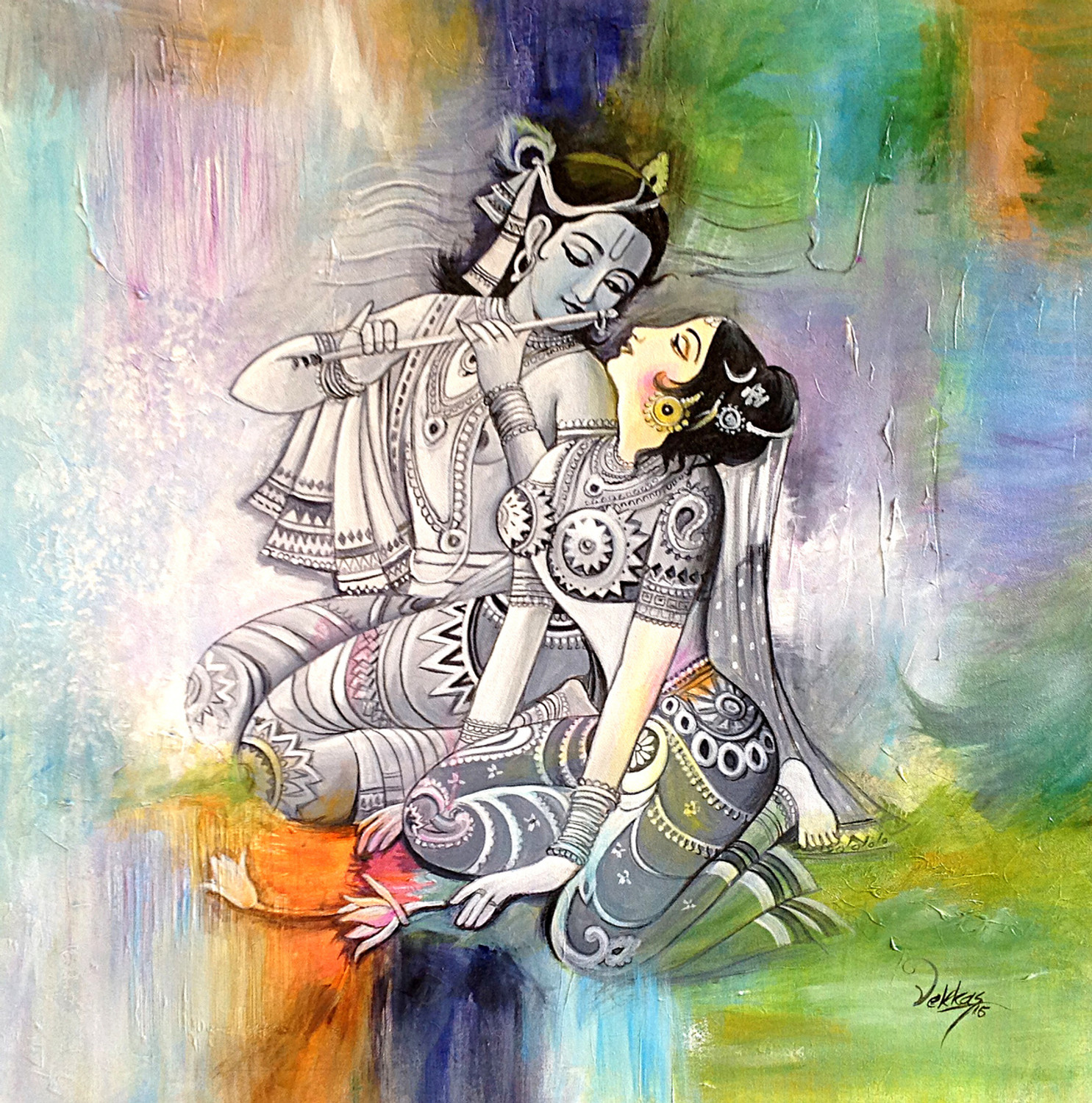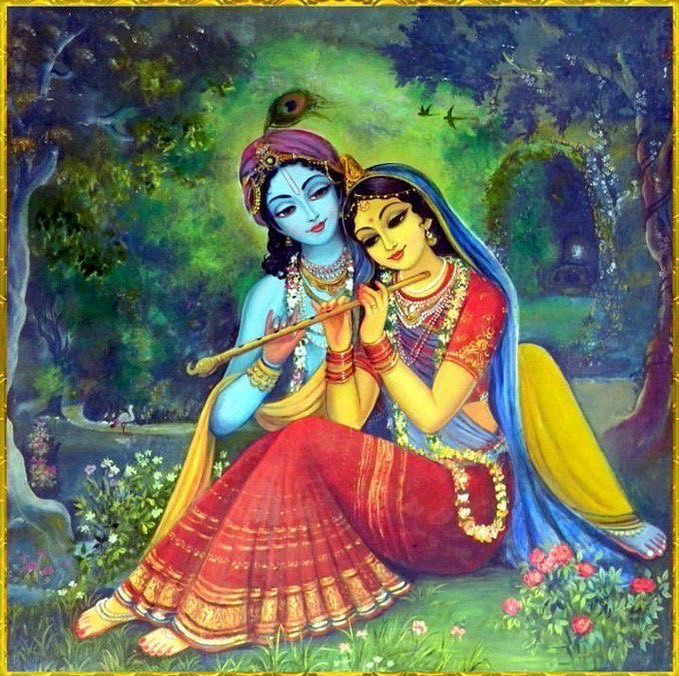Eternal Love: The Allure of Radha Krishna in Art

The enchanting love story of Radha and Krishna has captivated the hearts of millions for centuries, inspiring countless artists to express the depth and divine beauty of their relationship through painting. Romantic Radha Krishna Painting are more than mere representations; they encapsulate a timeless bond that transcends the material world, inviting viewers into a realm of divine ecstasy and spiritual connection. Each brushstroke tells a story of longing and devotion, reflecting the profound emotions shared by the beloved couple.
These artworks often depict Radha and Krishna in moments of playful intimacy, surrounded by vibrant landscapes that echo the joy and serenity of their love. Artists skillfully use color, light, and form to convey the sublime nature of their bond, inviting audiences to experience the allure of eternal love. Whether it is Krishna's enchanting flute melodies or Radha's radiant beauty, every element in these paintings contributes to a rich narrative that celebrates the union of the individual soul with the divine, making Romantic Radha Krishna paintings not just art, but a spiritual journey.
Symbolism in Radha Krishna Art

Radha and Krishna symbolize the ideal of divine love and devotion in Hindu mythology. Their relationship is often interpreted as the union of the individual soul with the Supreme Being. In Romantic Radha Krishna paintings, this connection is represented through the tender postures and intimate expressions of the couple. The use of vibrant colors in these artworks not only captures the joy of their love but also reflects the spiritual energy that their union represents. Each brushstroke becomes a celebration of the deep emotional and spiritual bond they share, inviting viewers to experience that same sense of connection.
The surrounding elements in these paintings, such as flowers, peacocks, and flutes, carry additional meanings that enrich the narrative. Flowers often represent beauty and the fleeting nature of life, while the peacock symbolizes grace and love. The flute, traditionally associated with Krishna, serves as a metaphor for the call of the divine, enticing the soul to seek a higher love. These symbols weave a tapestry of meaning that enhances the portrayal of Radha and Krishna, making each artwork a layered representation of love, devotion, and the pursuit of spiritual truth.
Romantic Radha Krishna paintings often feature lush landscapes and serene settings that evoke a sense of harmony with nature. These backgrounds reflect the idyllic world where the divine couple resides, creating an atmosphere conducive to their love story. The interplay of light and shadow in these settings further underscores the duality of love—joy and sorrow, presence and longing. By capturing this duality, artists convey the complexity of human emotions while inviting the audience to reflect on their own experiences of love, making these paintings resonate deeply across cultures and generations.

Techniques and Styles in Romantic Depictions
Romantic depictions of Radha Krishna often employ a range of techniques that enhance the emotional depth of the artwork. Artists frequently utilize vibrant colors to evoke the passion and love shared between the divine couple. Rich hues of red, gold, and green are commonly used, symbolizing love, prosperity, and nature. The use of warm tones sets a romantic atmosphere, inviting viewers to connect with the intimate moments between Radha and Krishna.
Another prevalent technique in these paintings is the use of intricate detailing and patterns. Artists pay close attention to the clothing and adornments of Radha and Krishna, incorporating elaborate designs that reflect the richness of their divine nature. These details serve not only to beautify the figures but also to suggest their heavenly qualities. The textures created through brushwork add a three-dimensional aspect, making the figures come alive as they engage in their eternal dance of love.
Moreover, the composition plays a crucial role in conveying the romance of Radha Krishna. Romantic Radha Krishna Painting position the couple in harmonious poses, surrounded by lush landscapes that symbolize their connection to nature. This idyllic setting serves to enhance the emotional resonance of the piece, as it encapsulates the serenity of their divine romance. The balance and symmetry of the composition create a sense of tranquility, drawing the viewer into the story of love, devotion, and the timeless bond between Radha and Krishna.
Cultural Impact and Modern Interpretations

The romantic depiction of Radha and Krishna has significantly influenced various art forms across cultures, especially in India. Their love story symbolizes the divine union of the soul with the Supreme, inspiring countless artists throughout history. Traditional paintings, sculptures, and textile arts often focus on the themes of love and devotion found within their relationship. romanticradhakrishnaimages -rooted cultural representation continues to be a guiding force for contemporary artists exploring spiritual and romantic themes in their work.
In modern times, artists have embraced the essence of Radha and Krishna's love, reinterpreting it through diverse mediums such as digital art, installations, and street art. Many contemporary works challenge conventional portrayals by infusing modern aesthetics and personal narratives, making the ancient story relatable to today's audience. This evolution not only keeps the story alive but also allows for new interpretations that resonate with younger generations seeking deeper meanings of love and spirituality in a fast-paced world.
Moreover, the appeal of romantic Radha Krishna paintings has transcended geographical boundaries, capturing the interest of global audiences. International artists incorporate these themes into their works, often blending cultural elements to create unique pieces that celebrate love in its many forms. This cross-cultural exchange enriches the dialogue surrounding Radha and Krishna, showcasing their timeless allure while highlighting the universal quest for love and connection, thus ensuring that their legacy continues to thrive in contemporary art.

